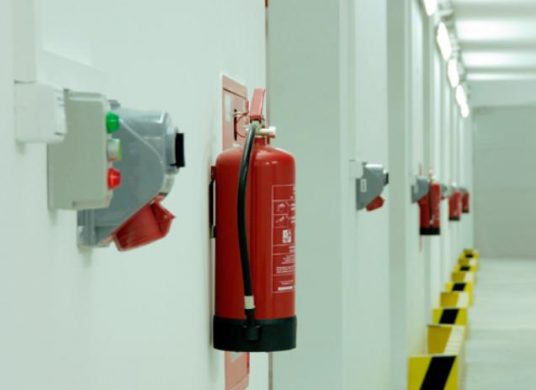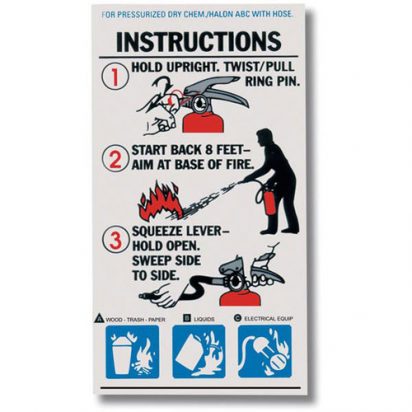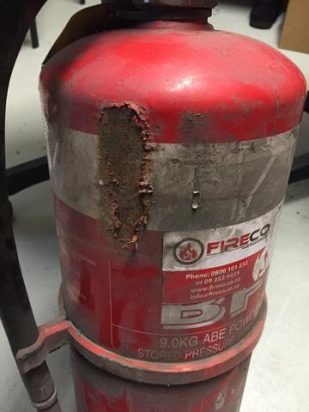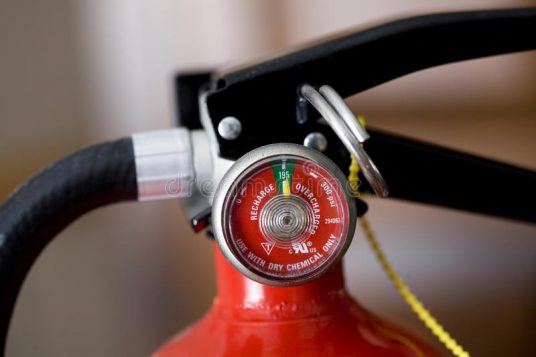
[tm_pb_section admin_label=”section”][tm_pb_row admin_label=”row”][tm_pb_column type=”4_4″][tm_pb_text admin_label=”Text” text_orientation=”left” use_border_color=”off” border_color=”#ffffff” border_style=”solid”]
To make sure Fire extinguishers function when they need to, they must be maintained on a regular basis. Fire extinguishers must be inspected every 30 days.

Fire extinguishers have preassigned locations that ensure there is an extinguisher within close proximity during an emergency. Any extinguishers out of place should be returned to their intended location.

For an extinguisher to be effective, it must be found. Make sure that signs (if applicable) not damaged and properly placed. Extinguishers should not be blocked by furniture, boxes or other obstructions.

The instructions for operating the extinguisher needs to be on the nameplate and it is legible and facing outward. Safety pins are in place.

The fire extinguisher is full, determined by holding and weighing. Examination for obvious physical damage, corrosion, leakage, or clogged nozzle.

The needle on the pressure gauge should be located in the operable area of the pressure indicator.
[/tm_pb_text][/tm_pb_column][/tm_pb_row][/tm_pb_section]